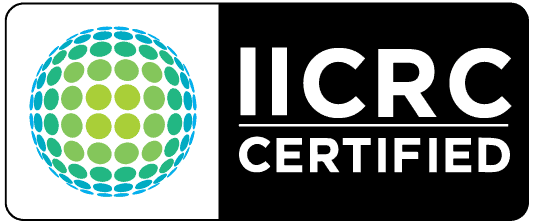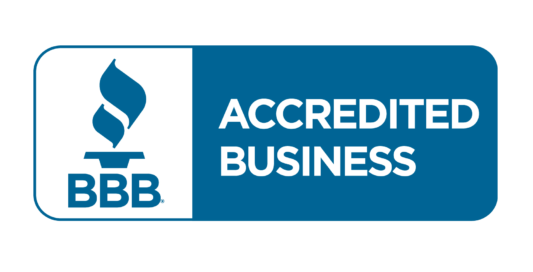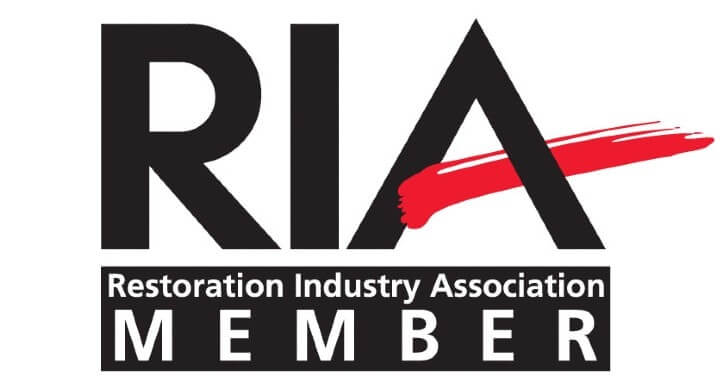Updated: 1 Sept 2021
Damage DIY: How To Dry Wet Carpet
A quick word of advice: as long as your carpet remains wet, the risk of water damage will continue to escalate. In the event of a flood or a pipe leak, it’s crucial to dry out wet carpet as quickly as possible. A wet carpet can foster mold and mildew, especially in humid conditions where water remains for more than 48 hours. While we always recommend calling an experienced water damage restoration company, such as Certified Restoration in San Diego, here are a few DIY steps you can take to dry wet carpet on your own.
DIY Water Cleanup Tools
– Wet-dry vacuum
– Dehumidifier
– Fans
– Industrial air blowers
Step 1: Assess the Water Damage Area
Homeowners can often handle mildly wet carpets, but more serious flooding may require professional help. First, determine the type of water that has flooded your home. If the situation seems beyond your control, contact a professional like Certified Restoration immediately. Professional-grade drying can save you thousands in potential damage.
Step 2: Remove Wet Items
For small area rugs, take them outside to air dry. If you’re dealing with wall-to-wall carpet, you may need to dry it in place. Remove all furniture and any items from the area to facilitate the drying process.
Step 3: Use a Wet-Dry Vacuum
Remove excess water using the wet-dry vacuum. Go over the damp carpet several times in slow, straight lines. Be sure to empty the vacuum’s canister as it fills with water.
Step 4: Turn on Air Blowers and Open Windows
If it feels like there’s still moisture beneath the carpet, lift a corner to check. If the pad is damp, use industrial air blowers to dry it in place. Open all windows for cross ventilation; however, if it’s humid outside, keep the windows closed and turn on the AC to prevent mold growth.
Need an Expert to Help Dry Your Wet Carpet?
Certified Restoration Inc. has the necessary equipment to dry your home effectively! Call us 24/7 at 619-373-0585.
Step 5: Run a Dehumidifier
Keep fans running, windows open, and operate a dehumidifier overnight to aid in drying. The next morning, check the affected area for any signs of moisture by pressing paper towels against the carpet and the pad underneath.
Once the sub-floor is completely dry, you can reinstall the carpet and pad. Be sure to check the walls and subfloors; overlooking these areas can lead to secondary problems like buckling or mold growth, resulting in further damage.
When in doubt, give Certified Restoration a call. Our expertise ensures that your carpet, sub-floor, and walls are properly dried, protecting your family’s health. A wet carpet that isn’t handled correctly can lead to serious damage and health issues related to black mold and mildew. For water damage restoration in San Diego, we’re here to help!
“Disclaimer: This article is for general information ONLY and is not intended to be legal, medical, or scientific advice. The proper approach to each project must be determined on a case-by-case basis. Certified Restoration always recommends that you call a certified restoration professional, especially when there are children, elderly, or individuals with health conditions residing in the property.



